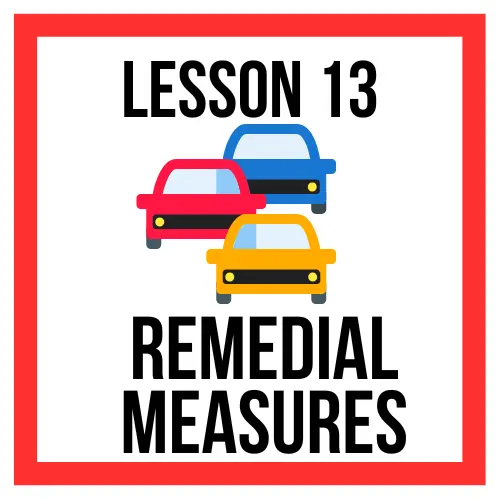The remedial measures that address various aspects of driving in Canada, such as road safety, driver education, and the impact of technology on the driving experience, will be the focus of this comprehensive investigation. From cold winter conditions to complex metropolitan traffic designs, driving in Canada requires a sharp comprehension of the standards of the street and a pledge to be somewhere safe and secure.
Street Wellbeing Measures:
In Canada, road safety is of the utmost importance, and the government has taken a number of measures to lessen the number of accidents and increase road safety as a whole. One huge spotlight is on keeping up with and overhauling the framework. A safer driving environment is made possible by investing in well-maintained roads, signage, and lighting. In metropolitan regions, traffic management frameworks and the execution of brilliant traffic signals mean lessening blockage and working on the progression of traffic.
Furthermore, severe guidelines in regards to vehicle wellbeing principles and ordinary assessments add to street security. The implementation of speed limits, safety belt regulations, and severe punishments for driving impaired underline the obligation to create a protected driving society.
Winter Driving Therapeutic Measures:
Canada’s winters are famous for unforgiving circumstances, with snow and ice causing testing driving circumstances. To take healing measures to address winter driving difficulties, remember the required winter tire guidelines for specific areas. These guidelines guarantee that vehicles are prepared to deal with elusive circumstances, decreasing the risk of mishaps.
Public mindfulness crusades assume a critical role in teaching drivers about the significance of adjusting to winter conditions. Data on safe driving practices, for example, keeping a protected following separation and keeping away from unexpected moves, is generally scattered to get drivers ready for the novel difficulties presented by Canadian winters.
Moreover, government organizations team up with policing to give constant updates on street conditions and weather conditions gauges. This data engages drivers to design their excursions successfully, considering expected perils and guaranteeing a more secure winter driving experience.
Driver Instruction and Training:
A basic part of further developing street security in Canada is putting resources into extensive driver schooling and preparing programs. Medicinal measures in this space expect to outfit new drivers with the information and abilities essential for capable and safe driving. Graduated authorizing frameworks, which logically acquaint new drivers with additional mind boggling driving situations, are set up across different regions.
Moreover, advances in protective driving strategies and the consciousness of weak street clients, like people on foot and cyclists, contribute to a more secure driving society. Refresher courses and updates on new road regulations are all part of ongoing driver training, which keeps drivers up-to-date on best practices.
Mechanical Advances and Driving:
The combination of innovation has altered the driving involvement with Canada. Medicinal measures influence innovation to upgrade security, effectiveness, and the overall driver experience. High-level driver assistance systems (ADAS) like path takeoff admonitions, impact aversion frameworks, and versatile voyage control are progressively becoming standard elements in current vehicles, adding to mishap counteraction.
Moreover, the execution of Smart Transportation Frameworks (ITS) works with correspondence among vehicles and traffic foundations. This considers ongoing traffic on the board, working on the general progression of vehicles and lessening clogs. The reception of electric vehicles, supported through government motivating forces and charging foundation advancement, adds to decreasing the natural effect of driving.
Local area Commitment and Collaboration:
Therapeutic measures reach out past guidelines and innovation to local area commitment and coordinated effort. Associations between government organizations, policing, local area associations cultivate a feeling of shared liability regarding street security. Local area driven drives, for example, neighborhood watch projects and nearby driving security crusades, add to making a culture of capable driving.
In addition, it is essential to interact with a variety of communities in order to address specific obstacles that particular demographic groups face. Customized training programs, multilingual enlightening materials, and social awareness in rush hour gridlock authorization add to more viable correspondence and understanding among all street clients.

Conclusion:
Driving in Canada is dynamic experience that is shaped by the country’s diverse climate and geography. Medicinal measures, crossing street wellbeing, winter driving, instruction, innovation, and local area cooperation, highlight the Canadian government’s obligation to guaranteeing a protected and productive street organization. As Canada keeps on embracing development and adjust to evolving conditions, the country stays zeroed in on establishing a driving climate that focuses on security, maintainability, and the prosperity of all street clients.
